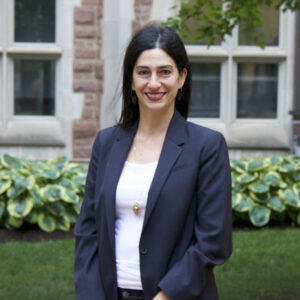When students were told to stay home after COVID-19 began to spread stateside, it’s not surprising that their social media use increased — there wasn’t much else to do. But was it all doom scrolling and catastrophizing or was social media living up to its promise to keep people connected and strengthen our ties to one another?
Research from the lab of Renee J. Thompson, PhD, associate professor of psychological and brain sciences in Arts & Sciences at Washington University in St. Louis, suggests the answer depends on how you’re using it.

The results were published online recently in the journal JIMR Formative Research.
“Social media use has mixed associations,” said first author Alison Tuck, a PhD student in Thompson’s lab. “Depending on whether you’re interested in social versus emotional well-being, we see different things.”
For the study, 176 college students participated in online surveys between April 14-24, 2020, just one month after the World Health Organization declared COVID-19 a pandemic.
To understand the basics of how social media use changed since before the arrival of COVID, participants were asked about their usage a month before spring break and the month or so after. This provided a clear line between “before COVID” and “during COVID” that was shared by all the participants; they all found out on the same day of their spring break that in-person classes would be canceled.
The surveys asked participants how much time they spent on social media pre- and post-spring break as well as basic questions about how much they engaged with and enjoyed the sites they visited; how content affected them emotionally; and how much COVID-related content they were exposed to after.
The pandemic had only just hit U.S. universities, so students could easily report on changes in their use, Tuck said.
